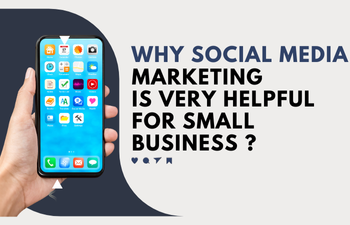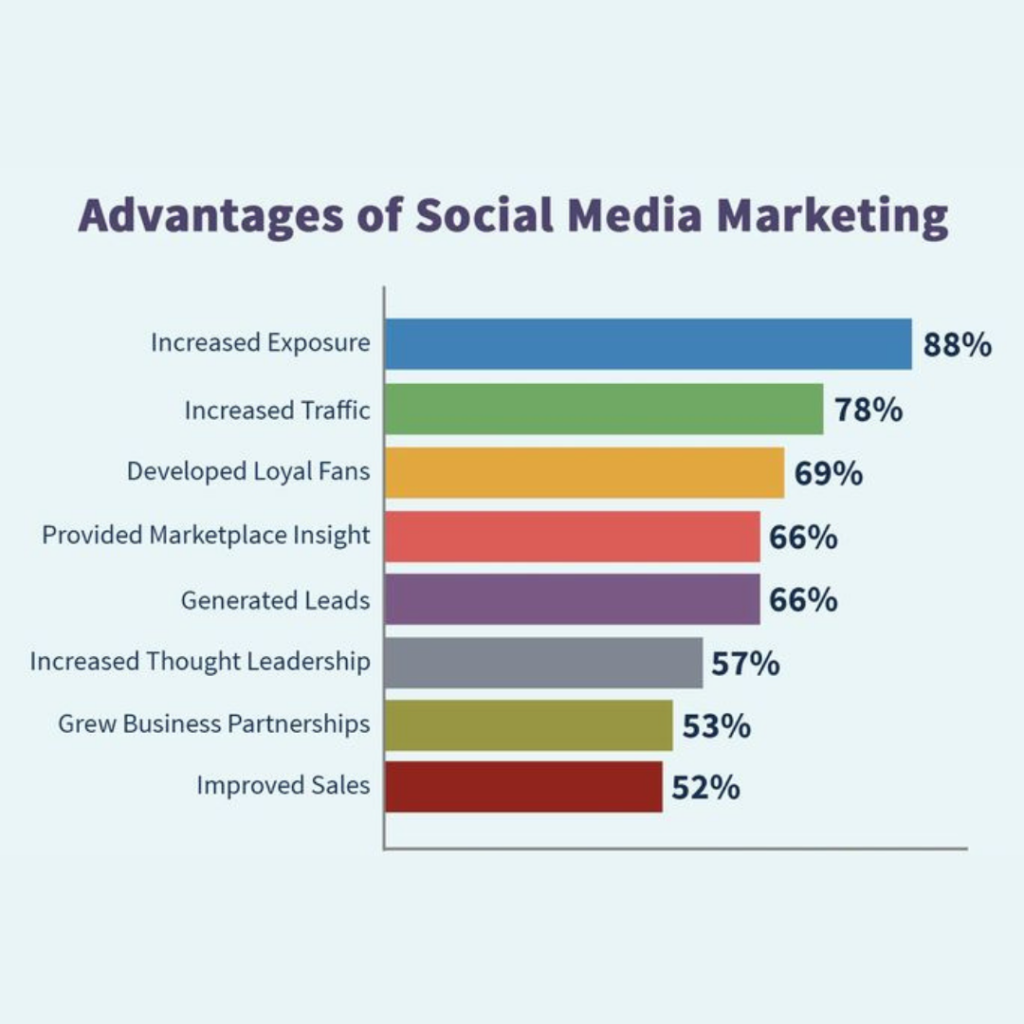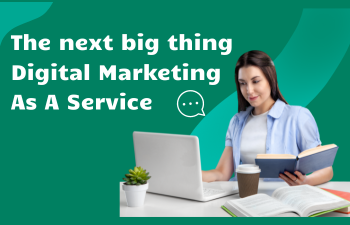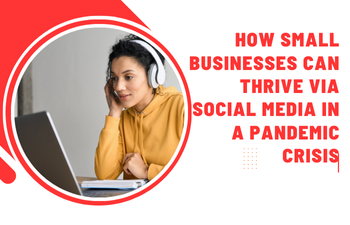 Digital Marketing
Digital Marketing
Power of Social Media Platforms in Your Digital Marketing…
Harnessing the Power of Social Media Platforms in Your Digital Marketing Strategy
In today’s digital age, social media platforms are essential tools for businesses trying to connect with their target audience, raise brand awareness, and increase engagement. Using these platforms successfully can greatly improve a brand’s digital marketing approach. Here’s how social media platforms affect a brand’s digital marketing strategy:
- Audience Identification and Targeting:
To use social media effectively, it’s crucial to first identify and understand your target audience. Digital marketing agencies use advanced targeting options on platforms such as Facebook, Instagram, and LinkedIn to reach specific demographics, interests, and behaviors. With billions of active users worldwide, they provide unrivalled access to a wide range of demographics. You can connect with potential clients from a wide range of places, interests, and demographics thanks to our sizable user base.
- Content Creation and Distribution:
To engage with your audience on social media, create and distribute compelling and relevant content. Digital marketing agencies develop content that is suited to the audience on each platform, whether it be engaging blogs, intriguing videos, or eye-catching images. They then carefully disseminate the information to increase reach and engagement.
- Community Building and Engagement:
They enable businesses to create communities around their brands. Digital marketing providers increase engagement by immediately reacting to comments, messages, and mentions. They also promote user-generated content and allow meaningful interactions with their audience.Direct communication with your audience is made easier by social media likes, comments, shares, and direct messaging. By fostering a feeling of community and allowing brands to establish ties with their clientele, this contact increases brand advocacy and loyalty.
- Influencer Partnerships:
Collaborating with influencers and industry experts can increase a brand’s credibility and reach on social media. Digital marketing agencies find and collaborate with relevant influencers whose audiences match the brand’s target demographic. They use influencer collaborations to provide original content and increase engagement.
- Paid Advertising Campaigns:
Social media advertising provides excellent targeting and cost-effective ways to reach a larger audience. Digital marketing firms create and manage paid advertising campaigns on a variety of social media platforms, optimizing ad creative, targeting criteria, and budgets to maximize ROI.
6.Content Distribution: Live streams, photos, videos, text, and other formats of content can all be shared via social media platforms. Because of its adaptability, you can creatively present your goods or services and satisfy the needs of various target markets.
7.Social media advertising systems provide advanced targeting possibilities for advertisers based on many criteria such as demographics, interests, behaviours, and more. This makes it possible for you to target particular audience segments with your advertising efforts, increasing their relevance and efficacy while reducing waste.
8.Brand Visibility and Awareness: Maintaining an active social media presence contributes to a rise in brand visibility and awareness. It is possible to maintain brand awareness and build trust for your business by consistently releasing high-quality material, interacting with your audience, and taking part in pertinent discussions.

- Data Analysis and Optimization:
Effective marketing relies heavily on data analysis and optimization. To measure campaign efficacy, digital marketing organizations look at performance measures including engagement rates, click-through rates, and conversion rates. They modify tactics and optimize future ads based on insights gained from data analysis.
- Integration with Overall Marketing Strategy:
Successful digital marketing campaigns blend media with other channels effortlessly. Digital marketing agencies integrate social media strategies with overall marketing goals and messaging to achieve consistency across all touch points.
Conclusion:
Social media platforms are essential for a brand’s digital marketing strategy, providing unprecedented chances to connect with the target audience, develop brand awareness, and generate engagement. By properly exploiting these platforms, digital marketing services may assist organizations in meeting their marketing objectives and staying ahead of their competitors. If you have any questions or thoughts about using social media for digital marketing, please leave a comment below!













